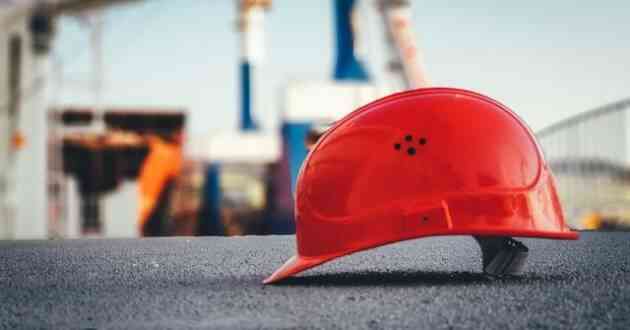Trends In Sustainable Design And Construction From 2023
- - Category: Industrial
- - 27 Feb, 2023
- - Views: 49
- Save

the need to respond to three major challenges: digitization, decolonization,sustainability,
All productive sectors face the future with the need to respond to three major challenges: digitization, decarbonization and sustainability, a paradigm shift that especially affects the world of construction, both in terms of housing and to work spaces. The care of the environment is the one that, without a doubt, will focus the greatest prominence. Hence the need to visualize which are the main trends in sustainable construction and design from 2023, because they include the keys to the success of any architectural project.
Keys to understanding the new trends in sustainable construction
To cover the transformation that is coming in the building sector in all its complexity, it is interesting to remember that trends do not appear out of nowhere. Throughout history, they have always been the consequence of difficult situations that have generated a need for adaptation to maintain or increase the levels of well-being and quality of life of the population.
In this sense, to understand the current trends in sustainable construction, it is essential to remember two events that have marked us as a society. On the one hand, climate change and its direct consequences on our way of life; and, on the other, the pandemic, which has forced us to observe what the homes are like and what deficiencies they show regarding our new needs, drawing conclusions that can be extended to work and leisure centers.
Thus, we could summarize that the maxim that inspires all trends in sustainable construction is to create spaces that integrate nature within buildings, to take advantage of its resources (light, heat, air, water), while minimizing the damage that Human activity generates the planet.
The main construction trends from 2023
Health, comfort and sustainability are the objectives to which the construction trends of the future must respond, achieving more versatile and planet-friendly buildings that are possible if these approaches are incorporated:
Agility in the execution of architectural projects
There are many reasons that explain the need for buildings to be built in ever shorter periods of time. Among others, the reality of a growing population that is concentrated in specific areas, increasing the demand for housing, and buildings for public use (hospitals, schools, cultural and sports centers). The most effective response is industrialized construction and, above all, steel framing. In addition, these new ways of building are sustainable and more affordable for families with limited budgets.
Improved quality of life and health
We have verified to what extent the renewal of air in interior spaces is essential to guarantee people's health. We spend most of our lives indoors and mechanical ventilation systems have proven to be the most useful tool for maintaining healthy air quality levels in homes, schools, offices and any building for public use. And, also, they contribute decisively to energy efficiency.
Taking advantage of new technologies
We are not referring on this occasion to the domotization or automation of buildings, but to the application of technological innovations in the field of materials used in construction. We talk, for example, about:
- Paints resistant to disinfection techniques: this is an important aspect because it guarantees greater durability of the finishes, even subjected to exhaustive cleaning processes, as has occurred during the pandemic.
- Materials with greater thermal performance and that generate less waste.
Interior design with sustainable materials
A true commitment to sustainability cannot be limited to the techniques used for the construction of new buildings, the materials used both in the exterior and in the interior must be selected following the same criteria of respect for the environment. This principle is clearly observed in the interior design trends of the coming year, which coincide in decorating with the same construction materials:
- Cork: interesting for its insulating properties and the play of volumes it provides, it is basically used for floors and walls.
- Metals: we are talking about steel and aluminum, two truly sustainable materials if we look at their recovery rates for recycling (up to 98% in the case of steel and 100% in the case of aluminum).
- Wood: well, known for its properties as a thermal insulator, it also emits less CO 2 and is recyclable. Of course, you have to make sure to use only wood with FSC and PEFC certificates.
- Natural paints (lime, clay, silicate or vegetable): all are free of harmful chemical elements and, in addition, they are more durable, get less dirty and are more resistant to moisture.
If you're looking for the top construction company in Vadodara, you can count on us to deliver exceptional results. With a commitment to quality, integrity, and excellence, we have established ourselves as a leader in the industry.


